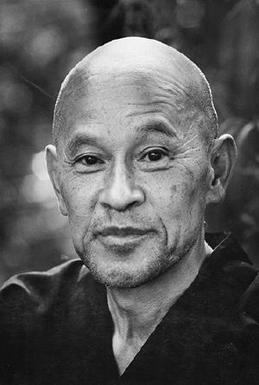
Shunryu Suzuki was a Sōtō Zen monk and teacher who helped popularize Zen Buddhism in the United States, and is renowned for founding the first Zen Buddhist monastery outside Asia. Suzuki founded San Francisco Zen Center which, along with its affiliate temples, comprises one of the most influential Zen organizations in the United States. A book of his teachings, Zen Mind, Beginner's Mind, is one of the most popular books on Zen and Buddhism in the West.
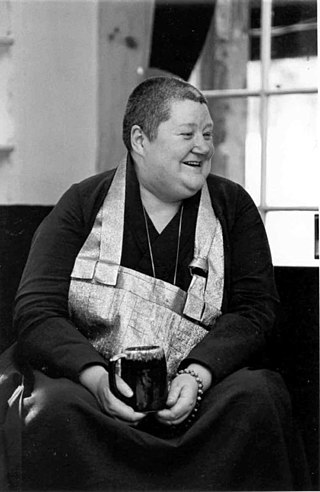
Hōun Jiyu-Kennett, born Peggy Teresa Nancy Kennett, was a British roshi most famous for having been the first female to be sanctioned by the Sōtō School of Japan to teach in the West.
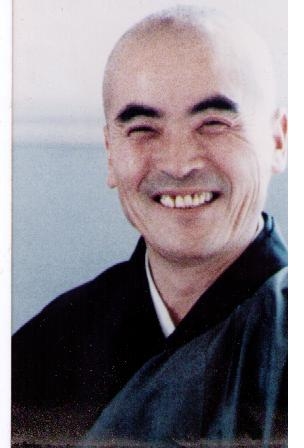
JikaiDainin Katagiri, was a Sōtō Zen priest and teacher, and the founding abbot of Minnesota Zen Meditation Center in Minneapolis, Minnesota, where he served from 1972 until his death from cancer in 1990. He is also the founder of Hokyoji Zen Practice Community in Eitzen, Minnesota. Before becoming first abbot of the Minnesota Zen Meditation Center, Katagiri had worked at the Zenshuji Soto Zen Mission in Los Angeles and had also been of great service to Shunryu Suzuki at the San Francisco Zen Center, particularly from 1969 until Suzuki's death in 1971. Katagiri was important in helping bring Zen Buddhism from Japan to the United States during its formative years. He is also the credited author of several books compiled from his talks.
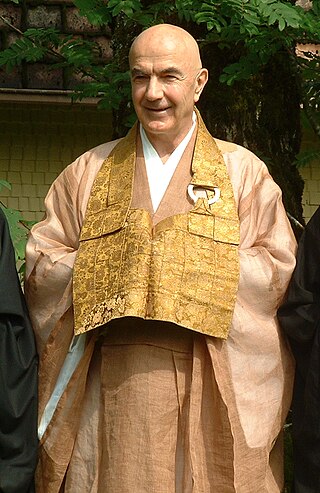
Richard Dudley Baker is an American Soto Zen master, the founder and guiding teacher of Dharma Sangha—which consists of Crestone Mountain Zen Center located in Crestone, Colorado and the Buddhistisches Studienzentrum (Johanneshof) in Germany's Black Forest. As the American Dharma heir to Shunryu Suzuki, Baker assumed abbotship of the San Francisco Zen Center (SFZC) shortly before Suzuki's death in 1971. He remained abbot there until 1984, the year he resigned his position after it was disclosed in the previous year that he and the wife of one of SFZC's benefactors had been having an affair. Despite the controversy connected with his resignation, Baker was instrumental in helping the San Francisco Zen Center to become one of the most successful Zen institutions in the United States.

San Francisco Zen Center (SFZC), is a network of affiliated Sōtō Zen practice and retreat centers in the San Francisco Bay area, comprising City Center or Beginner's Mind Temple, Tassajara Zen Mountain Center, and Green Gulch Farm Zen Center. The sangha was incorporated by Shunryu Suzuki Roshi and a group of his American students in 1962. Today SFZC is the largest Sōtō organization in the West.

The term American Buddhism can be used to describe all Buddhist groups within the United States, including Asian-American Buddhists born into the faith, who comprise the largest percentage of Buddhists in the country.

Zen at War is a book written by Brian Daizen Victoria, first published in 1997. The second edition appeared in 2006.

Hakuyū Taizan Maezumi was a Japanese Sōtō Zen Buddhist priest who substantially contributed to development of Zen in the USA.

Dennis Merzel is an American Zen and spirituality teacher, also known as Genpo Roshi.

Japanese Zen refers to the Japanese forms of Zen Buddhism, an originally Chinese Mahāyāna school of Buddhism that strongly emphasizes dhyāna, the meditative training of awareness and equanimity. This practice, according to Zen proponents, gives insight into one's true nature, or the emptiness of inherent existence, which opens the way to a liberated way of living.

Zenshuji Soto Mission, established in 1922 in the Little Tokyo section of Los Angeles, California, was the first Soto Zen Buddhist temple in North America. Today, it is the North American headquarters for Soto Zen, under the guidance of Sotoshu Shumucho, and is a direct branch of Eiheiji and Sojiji.

Hakuryu Sojun Mel Weitsman, born Mel Weitsman, was an American Buddhist who was the founder, abbot and guiding teacher of Berkeley Zen Center located in Berkeley, California. Weitsman was a Soto Zen roshi practicing in the lineage of Shunryu Suzuki, having received Dharma transmission in 1984 from Suzuki's son Hoitsu. He was also a co-abbot of the San Francisco Zen Center, where he served from 1988 to 1997. Weitsman was also editor of the book Branching Streams Flow in the Darkness: Zen Talks on the Sandokai, based on talks given by Suzuki on the Sandokai.
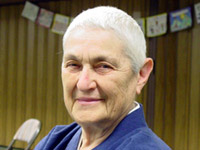
Zenkei Blanche Hartman was a Soto Zen teacher practicing in the lineage of Shunryu Suzuki. From 1996 to 2002 she served two terms as co-abbess of the San Francisco Zen Center. She was the first woman to assume such a leadership position at the center. A member of the American Zen Teachers Association, Blanche was especially known for her expertise in the ancient ritual of sewing a kesa. Hartman became known for her attention to issues faced by women; she and her late husband Lou Hartman had four children, eight grandchildren, and a number of great-grandchildren.

Dr. Soyu Matsuoka, along with Sokei-an and Nyogen Senzaki, was one of the early Zen teachers to make the United States his home.
Below is a timeline of important events regarding Zen Buddhism in the United States. Dates with "?" are approximate.
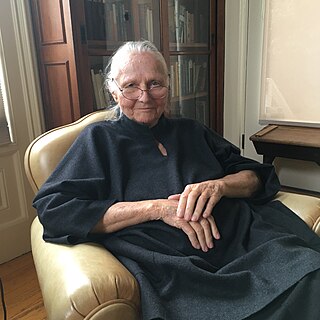
Yvonne Rand, a member of the first generation of American Zen teachers, was a lay householder priest in the Soto Zen Buddhist tradition, active from 1972 until her death in 2020.
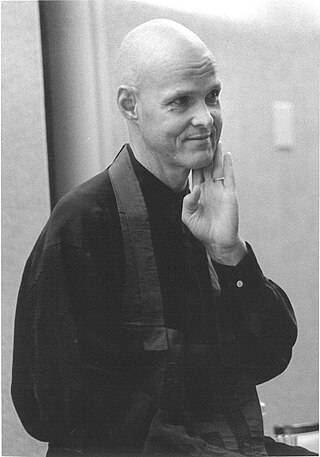
Tenshin Zenki Reb Anderson is an American Buddhist who is a Zen teacher in the Sōtō Zen tradition of Shunryu Suzuki. He is a Senior Dharma teacher at the San Francisco Zen Center and at Green Gulch Farm Zen Center in Marin County, California, where he lives. According to author James Ishmael Ford, "Reb Anderson is one of the most prominent of contemporary Western Zen teachers."
Kannon Do Zen Meditation Center provides Sōtō Zen practice in the San Francisco Peninsula and the South Bay. Named after Kannon, the Buddhist personification of compassion, the center provides a supportive environment in which Americans can experience traditional Zen teaching.
Zen was introduced in the United States at the end of the 19th century by Japanese teachers who went to America to serve groups of Japanese immigrants and become acquainted with the American culture. After World War II, interest from non-Asian Americans grew rapidly. This resulted in the commencement of an indigenous American Zen tradition which also influences the larger western (Zen) world.
















